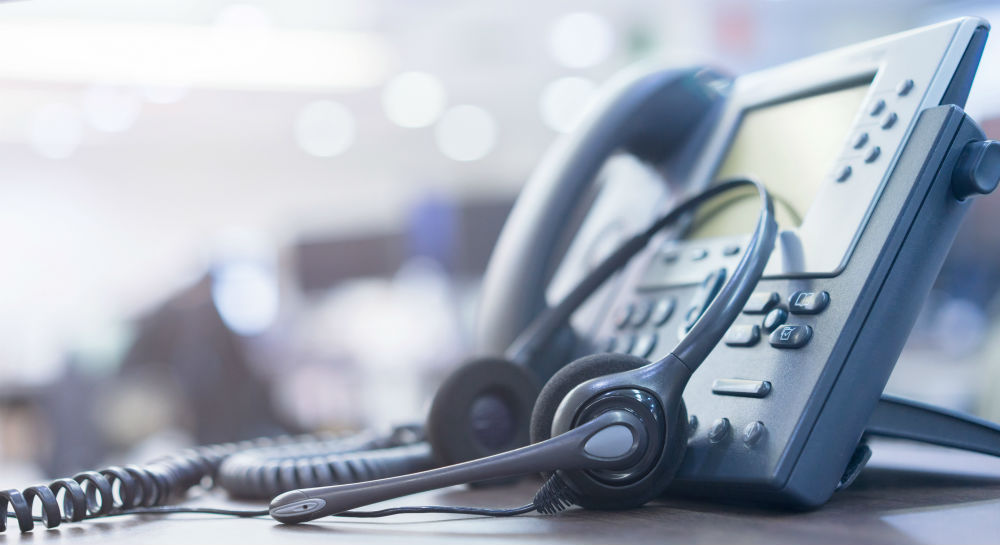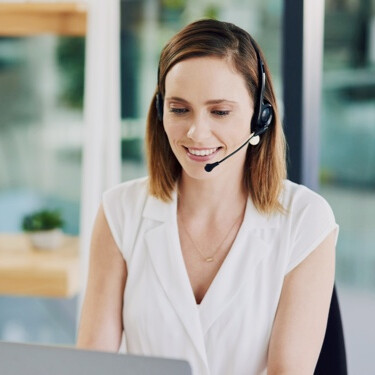All Categories
Featured
Table of Contents
Best Live Answering Services - Australia Money Can Buy
This device and its followers were developed by Sava Jacobson, an electrical engineer with a private consulting business. While early voice mail utilized magnetic tape innovation, a lot of contemporary devices utilizes strong state memory storage; some devices use a combination of both, with a solid-state circuit for the outgoing message and a cassette for the incoming messages.
"toll conserving" below) (business call answering service). This is useful if the owner is screening calls and does not want to consult with all callers. In any case after going, the calling party ought to be informed about the call having been addressed (in many cases this starts the charging), either by some remark of the operator, or by some welcoming message of the little bit, or resolved to non-human callers (e.
This holds specifically for the TADs with digitally saved welcoming messages or for earlier makers (before the rise of microcassettes) with an unique unlimited loop tape, separate from a second cassette, dedicated to recording. There have been answer-only devices without any recording capabilities, where the greeting message had to notify callers of a state of existing unattainability, or e (business call answering service).
What Is The Best What Is An Answering Service? To Buy

about accessibility hours. In tape-recording TADs the greeting typically consists of an invitation to leave a message "after the beep". A voice mail that utilizes a microcassette to tape messages On a dual-cassette answerphone, there is an outgoing cassette, which after the specified number of rings plays a pre-recorded message to the caller.

Single-cassette voice mail contain the outbound message at the start of the tape and inbound messages on the staying space. They initially play the statement, then fast-forward to the next available space for recording, then tape the caller's message. If there are many previous messages, fast-forwarding through them can trigger a significant hold-up.
This beep is frequently referred to in the welcoming message, asking for that the caller leave a message "after the beep". TADs with digital storage for the taped messages do disappoint this delay, of course. A TAD may provide a remote control facility, whereby the answerphone owner can call the home number and, by entering a code on the remote telephone's keypad, can listen to tape-recorded messages, or delete them, even when away from home.
What Are The Best Phone Answering And Messaging Service

Consequently the maker increases the variety of rings after which it answers the call (typically by two, resulting in 4 rings), if no unread messages are presently kept, however answers after the set variety of rings (typically two) if there are unread messages. This permits the owner to learn whether there are messages waiting; if there are none, the owner can hang up the phone on the, e.
Some devices likewise permit themselves to be from another location triggered, if they have been changed off, by calling and letting the phone ring a certain a great deal of times (generally 10-15). Some company abandon calls currently after a smaller sized number of rings, making remote activation impossible. In the early days of TADs an unique transmitter for DTMF tones (dual-tone multi-frequency signalling) was regionally needed for push-button control, given that the previously employed pulse dialling is not apt to communicate suitable signalling along an active connection, and the dual-tone multi-frequency signalling was carried out stepwise.
Any inbound call is not recognizable with regard to these properties in advance of going "off hook" by the terminal devices. So after going off hook the calls need to be switched to suitable gadgets and just the voice-type is instantly available to a human, but possibly, nonetheless ought to be routed to a TAD (e.
What Is The Best Live Answering Services - Australia Today
What if I informed you that you do not have to actually pick up your device when addressing a customer call? Another person will. So convenient, ideal? Addressing phone calls doesn't need somebody to be on the other end of the line. Efficient automated phone systems can do the technique just as efficiently as a live representative and in some cases even better.
An automated answering service or interactive voice response system is a phone system that interacts with callers without a live individual on the line - virtual telephone answering. When business utilize this technology, customers can get the answer to a concern about your service simply by utilizing interactions set up on a pre-programmed call flow.
Although live operators upgrade the customer support experience, numerous calls do not need human interaction. A simple recorded message or directions on how a consumer can retrieve a piece of info generally resolves a caller's immediate need - business call answering service. Automated answering services are a basic and effective way to direct inbound calls to the ideal person.
What Is The Best The Complete Guide To Phone Answering Services Holder For Car
Notice that when you call a company, either for support or product inquiry, the very first thing you will hear is a pre-recorded voice greeting and a series of choices like press 1 for client service, press 2 for questions, and so on. The pre-recorded alternatives branch out to other choices depending upon the customer's choice.
The phone tree system assists direct callers to the ideal person or department utilizing the keypad on a mobile phone. In some instances, callers can utilize their voices. It's worth noting that auto-attendant choices aren't limited to the 10 numbers on a phone's keypad. When the caller has picked their first option, you can create a multi-level auto-attendant that utilizes sub-menus to direct the caller to the best sort of assistance.
The caller does not need to interact with an individual if the auto-attendant phone system can manage their concern. The automated service can route callers to a staff member if they reach a "dead end" and need help from a live representative. It is pricey to work with an operator or executive assistant.
Best Answering Services Prices Near Me
Automated answering services, on the other hand, are substantially cheaper and supply significant cost savings at an average of $200-$420/month. Even if you don't have actually dedicated staff to handle call routing and management, an automatic answering service improves efficiency by enabling your group to concentrate on their strengths so they can more effectively invest their time on the phone.
A sales lead routed to customer service is a lost shot. If a client who has item questions reaches the wrong department or gets incomplete responses from well-meaning staff members who are less trained to manage a specific type of concern, it can be a cause of disappointment and discontentment. An automatic answering system can minimize the number of misrouted calls, therefore assisting your workers make much better use of their phone time while freeing up time in their calendar for other tasks.
With Automated Answering Systems, you can create a tailored experience for both your personnel and your callers. Make a recording of your main welcoming, and simply update it frequently to reflect what is going on in your company. You can create as numerous departments or menu alternatives as you want.
Latest Posts
Specialist Automated Answering Service Near Me – Melbourne 3000
Cost-Effective Business Answering Service – ACT
Guaranteed After Hours Answering Near Me – Australia